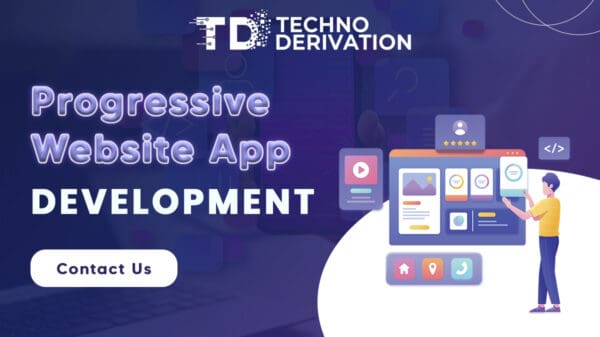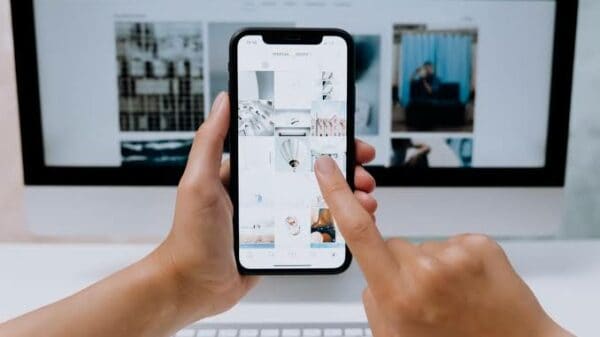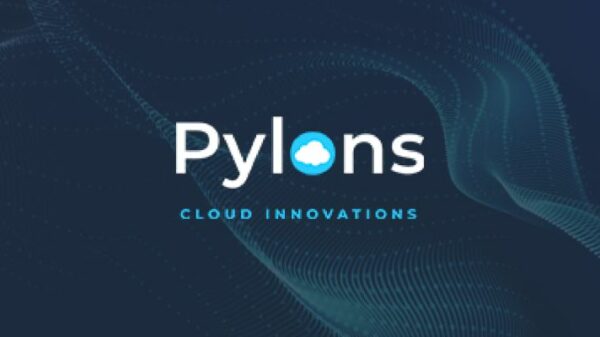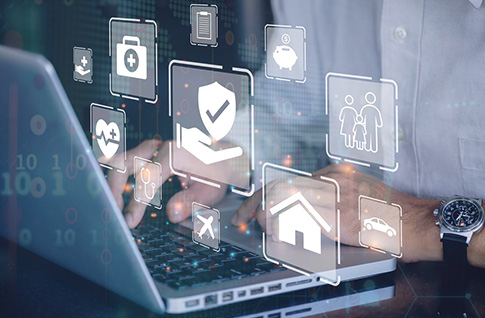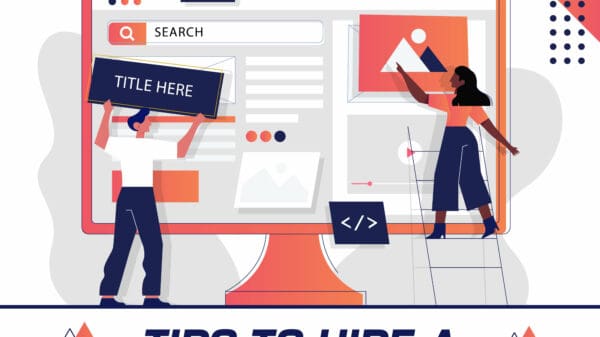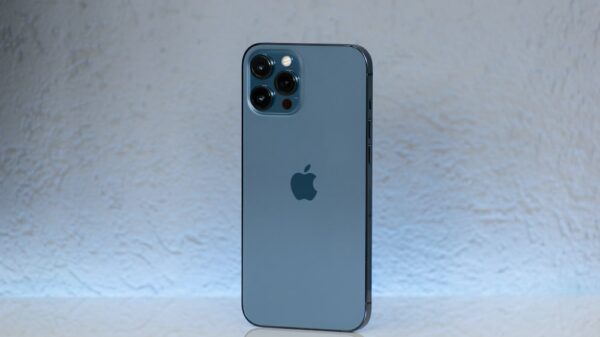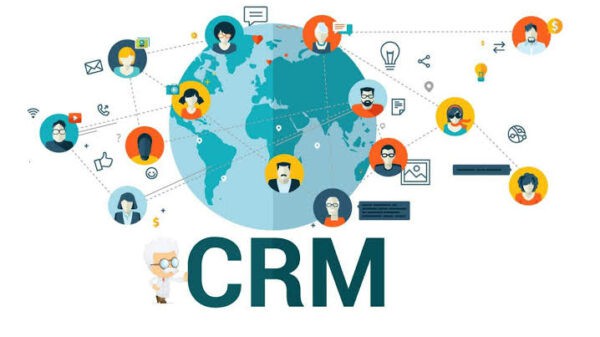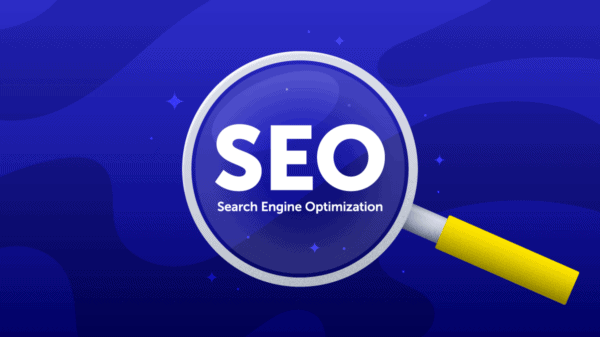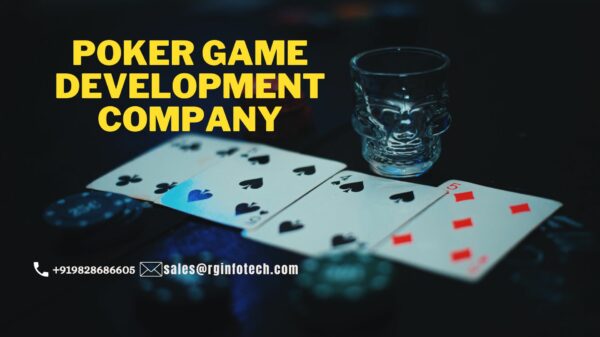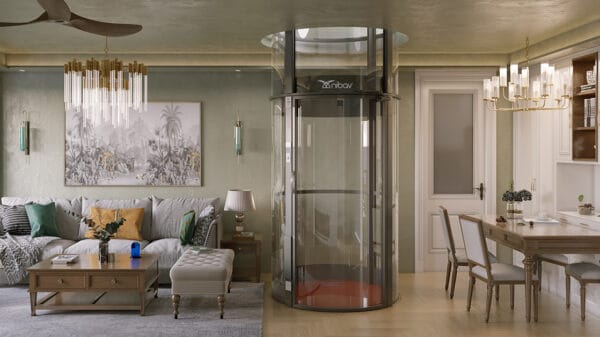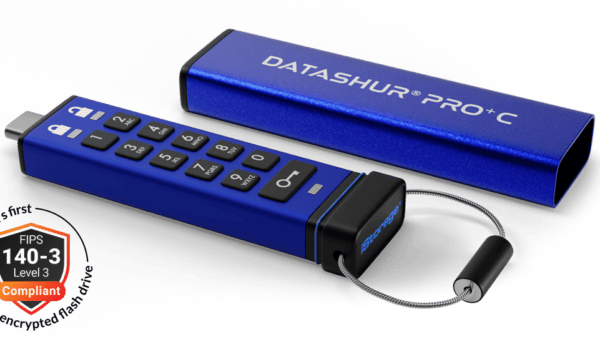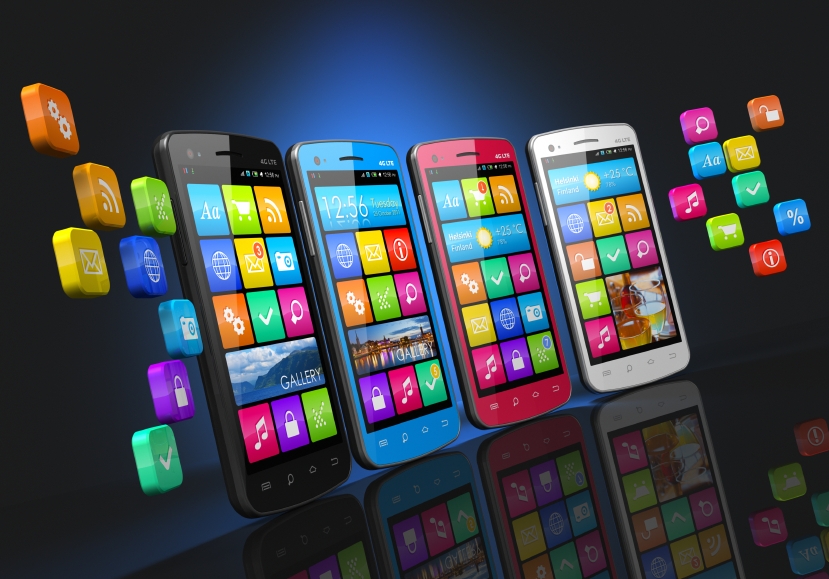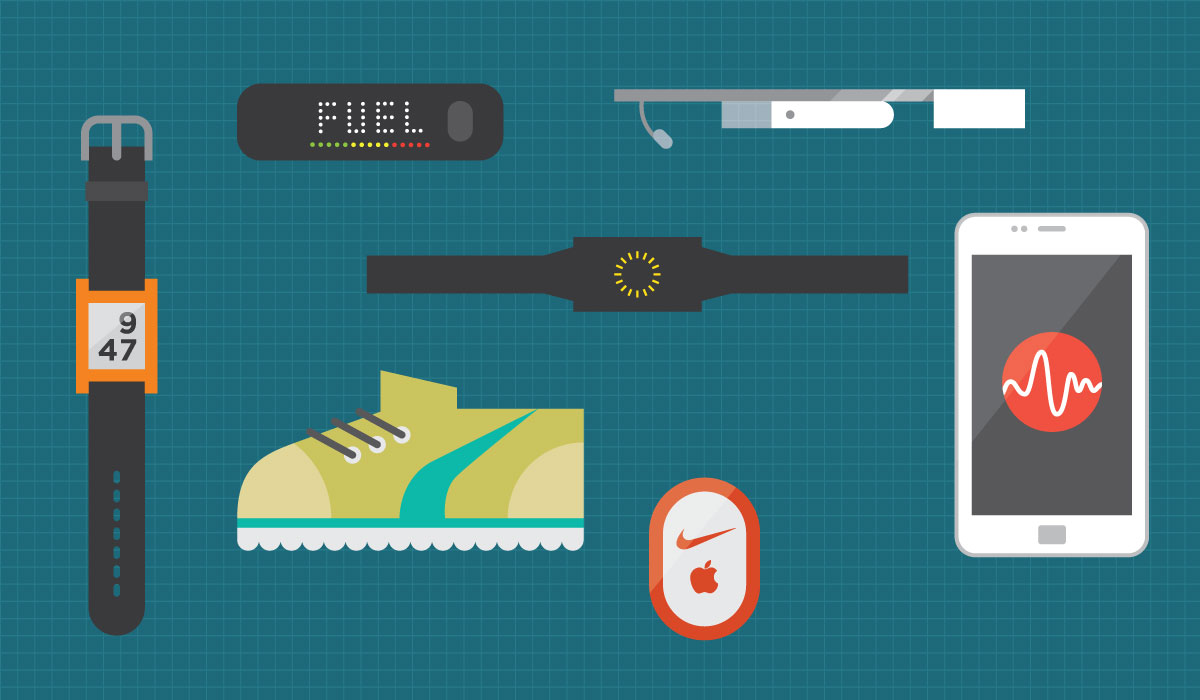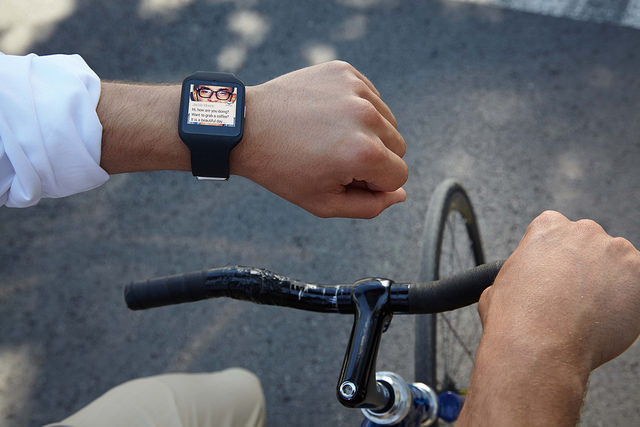Wearable technology is the latest in workplace fads, and they’ve got the numbers to back it up: sales are likely to hit $4 billion this year. If there’s one piece of tech that is leading the charge it’s Fitbit, who enjoy more than 34% of the wearable tech market. But before you spend hundreds of pounds on workplace tech, it’s worth finding out if these things actually work, or whether, despite all the hype, they’re actually just a tad rubbish.
Corporate wellness is fundamental for business success
Workplace wellness is a very real issue for businesses and workers alike. The cost of absenteeism costs the UK economy £100bn a year, while in the US this figure rises to a staggering $576bn.
Jon Denoris, personal trainer and corporate wellness coach in London, claims the two biggest complaints from clients are the time is it takes out of the day to go to the gym and the lack of well-being in their workplaces. He adds: “The majority of employees believe their employers don’t really care about their health & wellbeing at all.”
It seems that for the good of the health of staff, wellness must become intertwined with everyday work, whether that’s through weekly yoga sessions, corporate fitness classes or wearable tech. But the benefits aren’t confined to the health and happiness of employees, and thereby lies the answer to the popularity of Fitbit devices. Companies with worksite wellness programs experience an 8% increase in employee productivity. To employers, Fitbits may be seen as the easiest, if not the cheapest, way to a healthier, more productive workforce.
Does wearable tech get results?
The launch of wearable tech in the workplace far surpasses faddish fervor and delves into the realm of an obsession. The rise of Fitbit has been seismic, with almost as many users as the entire population of Australia. But does it actually work?
As a relatively new device, there has not been a huge amount of research that has been published. A recent study of how technology can motivate people to increase fitness suggests that some features of the Fitbit may be more motivating than others. Reasonable goal-setting was critical to engagement, including allowing primary goals (such as steps per day) and secondary goals (steps per week).
Similarly, many businesses use the Fitbit to create competition between staff, which can be used to motivate and inspire workplaces to become healthier. However, the inspiration for offices to get healthy seems like competition between colleagues rather than motivation from the wearable tech itself.
In the past, questions have been raised by over the accuracy of the technology. Berkeley Science Review found that the device tended to underestimate the amount of energy expended (EE) during certain activities, such as cycling and doing laundry, and overestimated energy expended for others – such as carrying groceries.
The wearables wave looks set to subside in 2017
This year it seems like the bubble may be about to burst, and the business world’s near obsession with wearable tech might be replaced by something much more practical. Fitbit’s fourth-quarter revenue fell 19% at the end of 2016 and start of 2017 as interest in the product waned. On the decline in purchases, Fitbit announced that they were looking at developing form factors beyond the wrist in order to “support a consumer’s health-and-fitness journey.”
At the most, wearable tech is one of a number of tools you can use to aid your fitness regime. However, combatting an unhealthy corporate culture can’t be done by Fitbit alone. Other workplace phenomena like deskercise techniques, wellness classes, and office yoga may be equally useful.
They say to change your health, you must change yourself. Similarly, businesses must change their culture to one that encourages and enables healthy living and working. Fitbit’s are just one tool that can help us do that. They may well work in your office, but without a change in other areas, they’re essentially useless bracelets.
Simon Davies is a London based freelance writer with an interest in startup culture, issues and solutions.







